From the glitz of Fashion Week parties to the towering malls of Dubai, modest fashion is big business. Its models grace Vogue covers. Instagram influencers have followings in the millions. Catering to conservative dress codes, the global industry is projected to rake in $373 billion by 2022.
Major design houses were already taking notice of the trend in 2015, when Lebanese-British photographer Natalie Naccache moved to Dubai. What followed was this photo essay, which offers a rebuke to the Western stereotype that head coverings and other conservative forms of dress are oppressive.
“It was all so fashion-forward,” Naccache said. DKNY and Dolce and Gabbana window displays featured designs created specially for a Muslim consumer. Mannequins wore headscarved or jewelled abayas; tunics and dresses came in metallics or bold neons.
“I’ve never seen women shine so brightly in Dubai,” she said. “They were empowered women, and they chose how much they wanted to show of themselves.”
For the models, bloggers and ordinary women depicted in Naccache’s photos, modest fashion is a form of expression that differs from the rest of the industry in the sense that its models are more covered.
Social media have become a major driving factor in the popularity of the modest fashion industry. Bloggers such as Kuwaiti Ascia al Faraj — better known to her 2 million Instagram followers as Ascia — have popularized streetwear looks with tattoos and strong brows.
Naccache also met with Mariah Idrissi, who in 2015 became the first hijab-wearing model to be featured in an international campaign. Idrissi posed for H&M outside an East London fish-and-chip shop in a pink coat, sunglasses and houndstooth headscarf.
